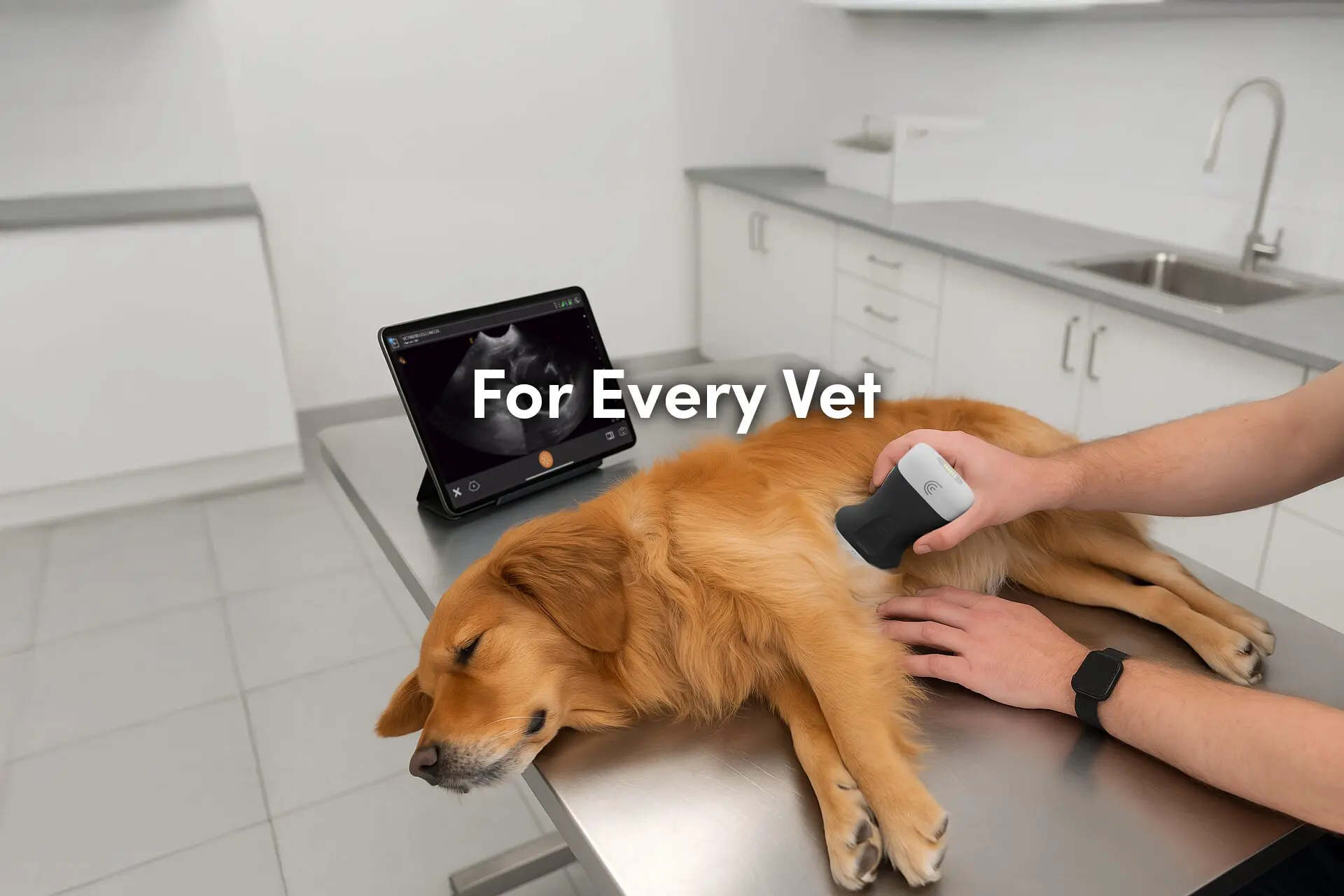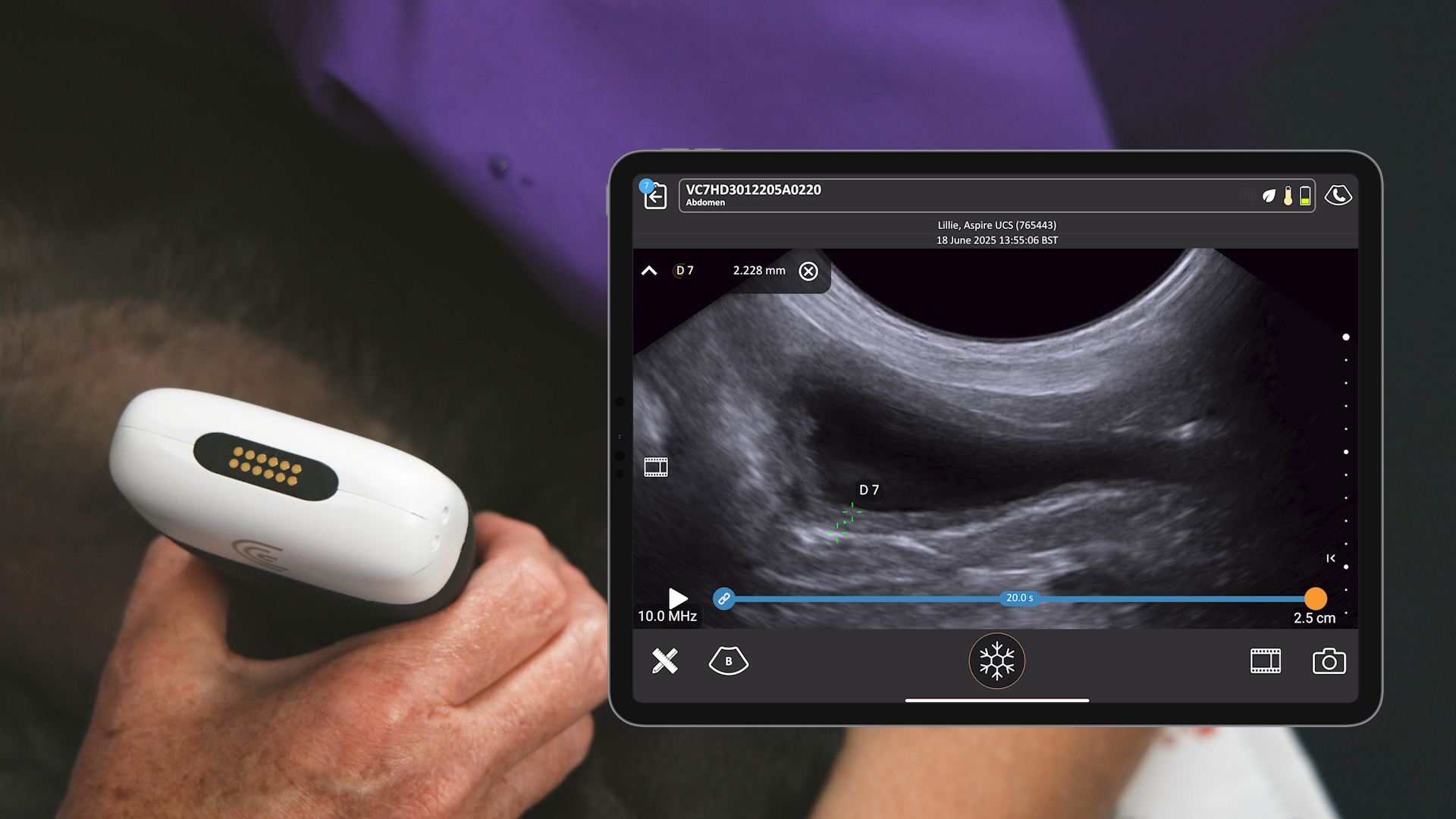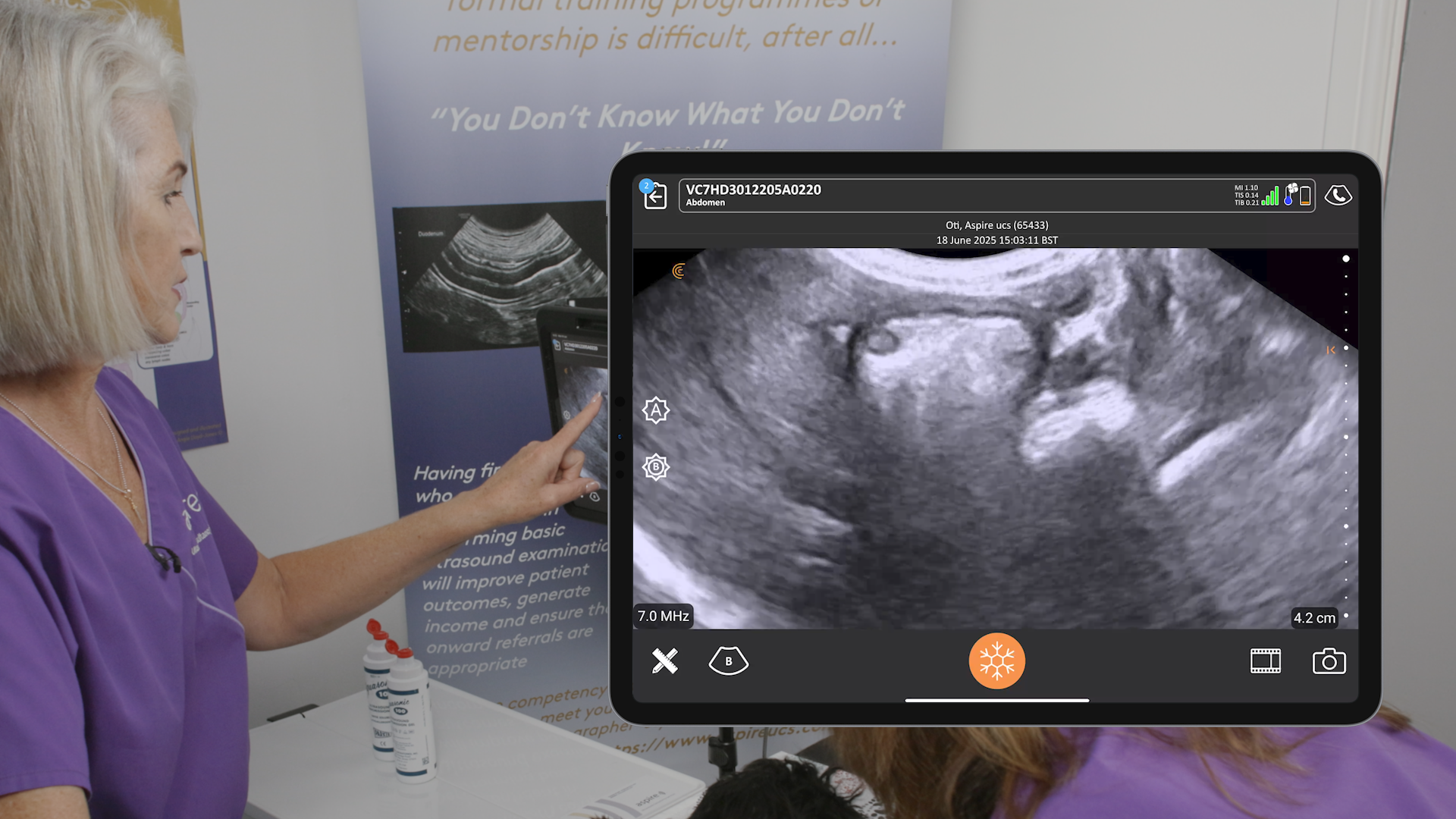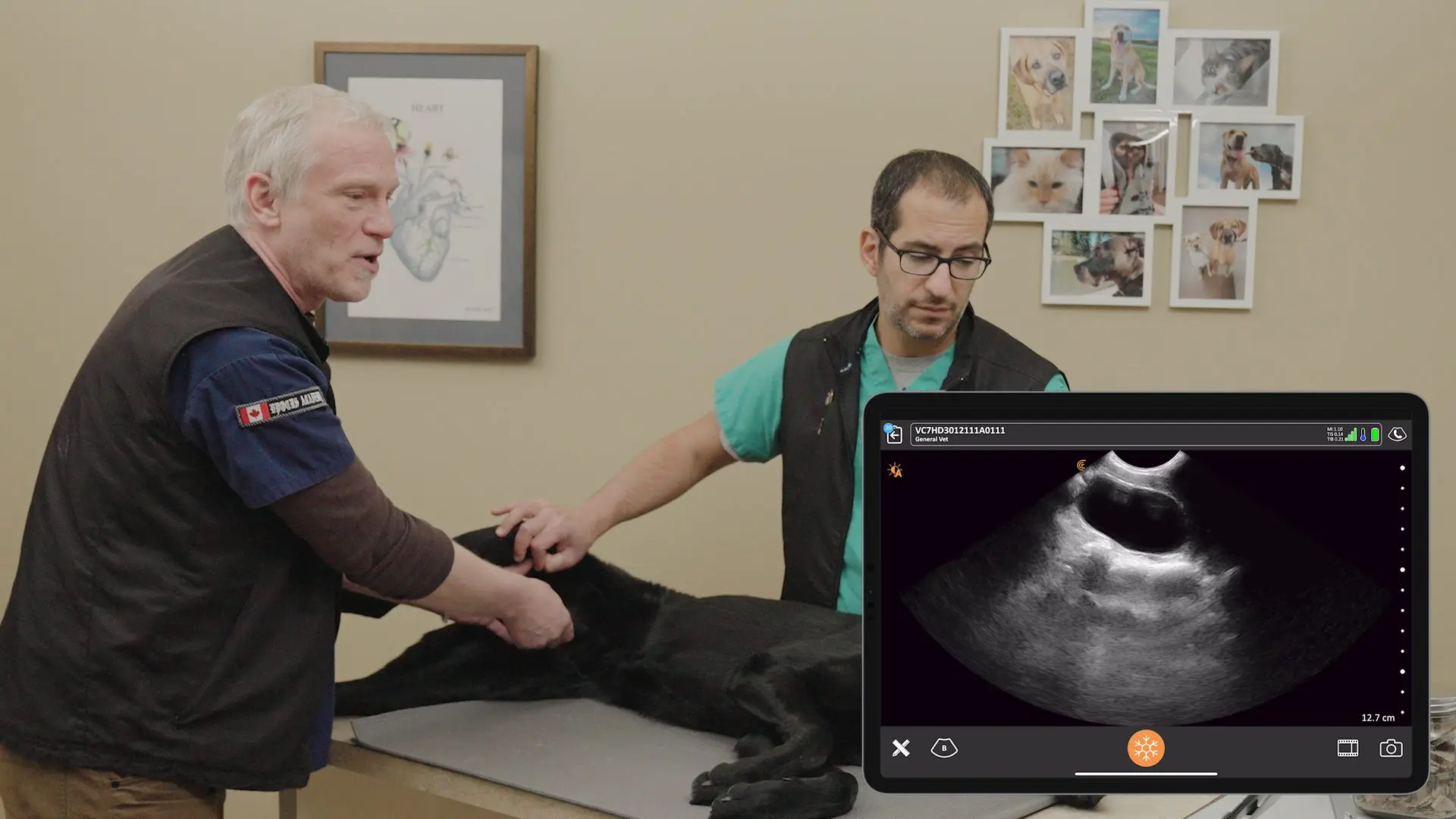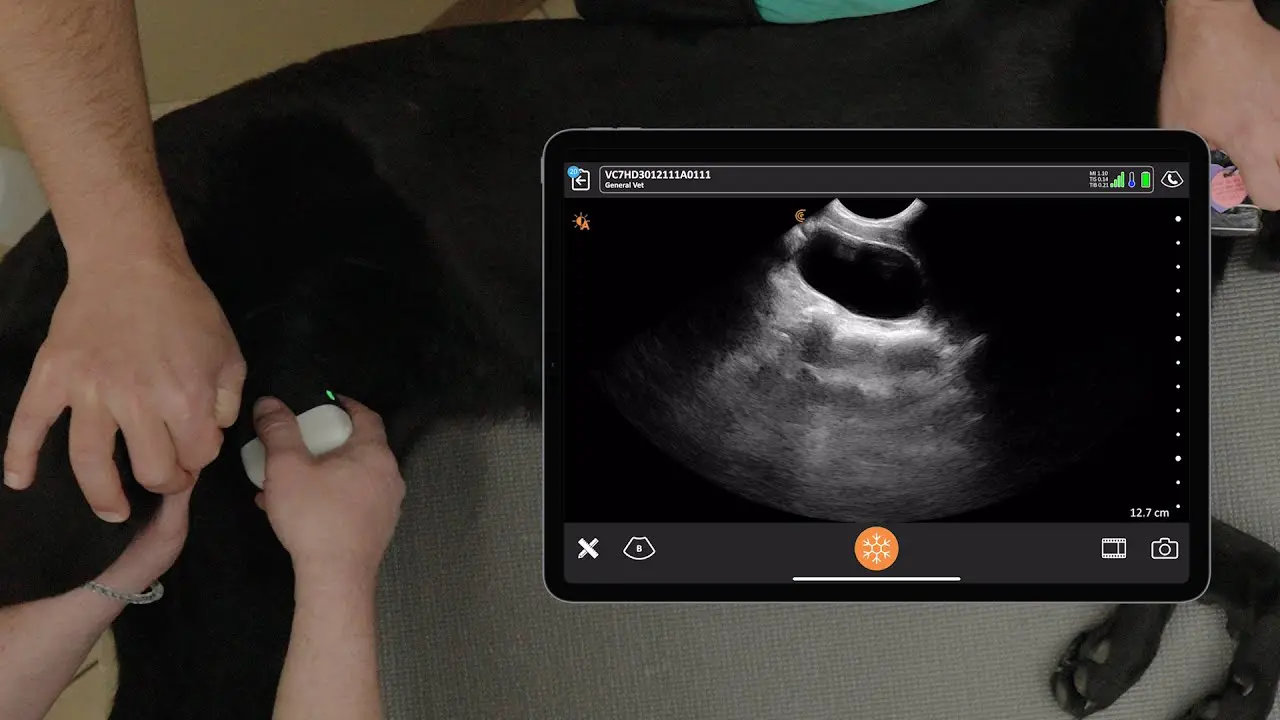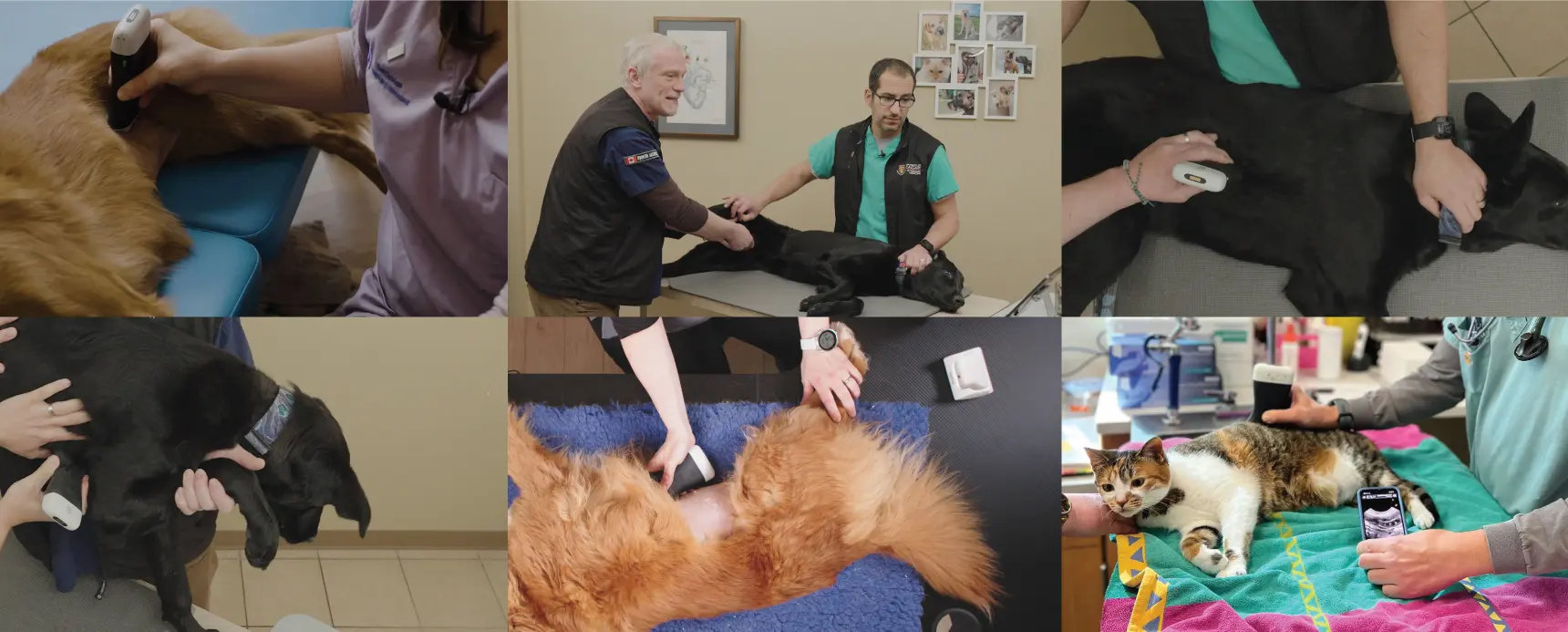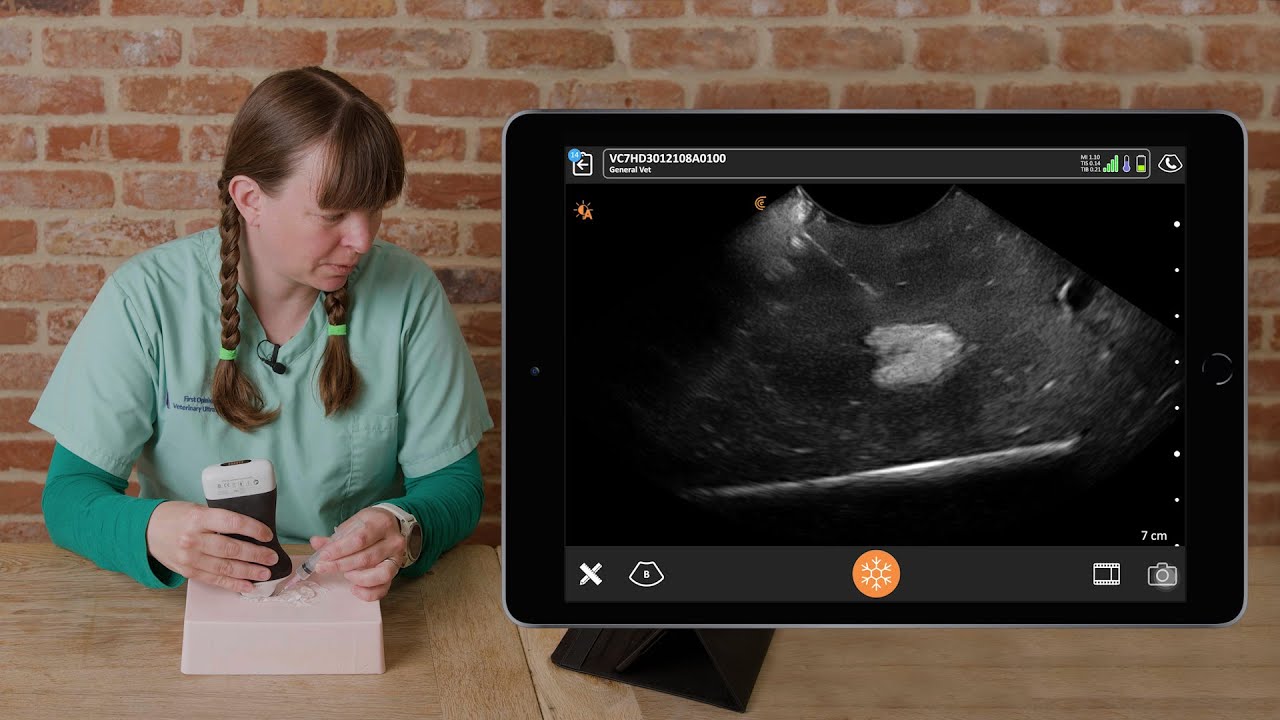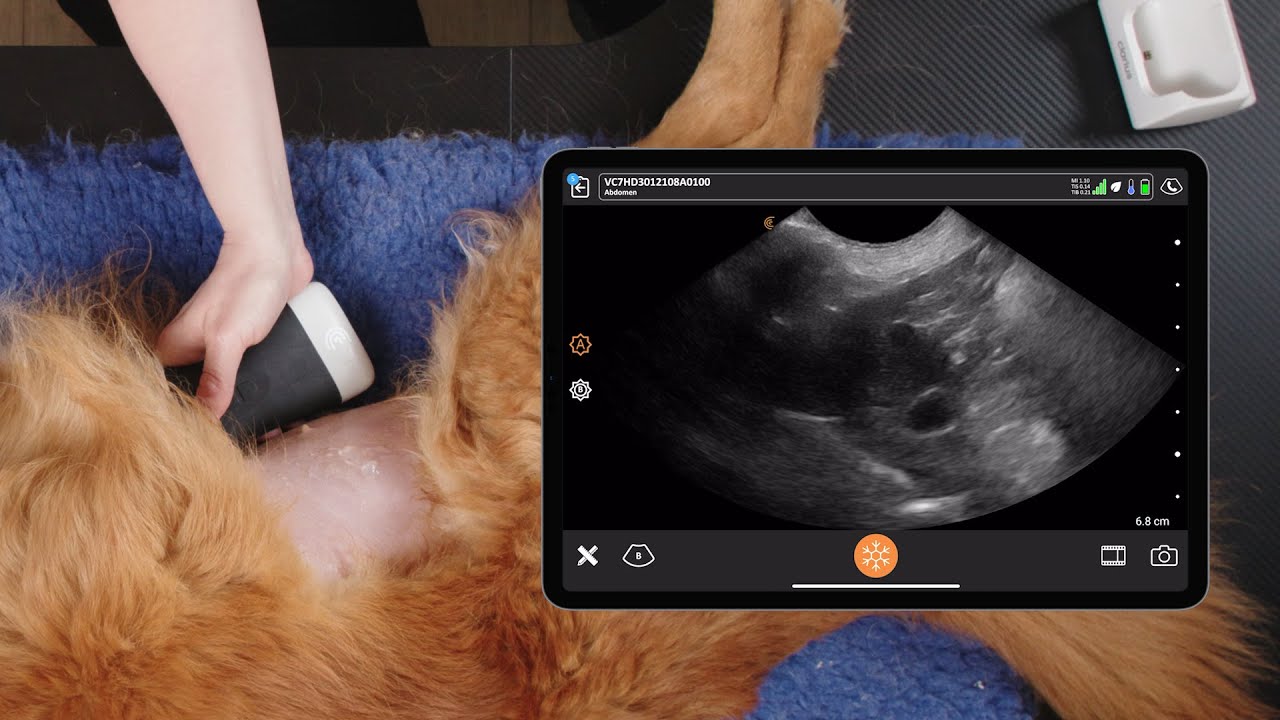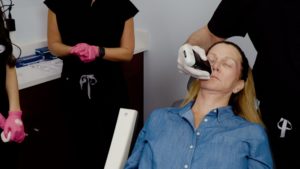As ultrasound systems become smaller, more affordable and easier to use, they’re becoming an essential tool to quickly see what’s going on under the fur at small animal veterinary practices.
As part of our program to help new veterinary ultrasound users improve their ultrasound scanning skills, we often partner with Dr. Camilla Edwards of First Opinion Veterinary Ultrasound to produce webinars and video tutorials.
Dr. Edwards recently presented a webinar, « Practical Small Animal Ultrasound Kidney and Urinary Bladder Point-of-Care Scanning Techniques », dedicated to ultrasound techniques for canine kidneys and bladder.
Watch the full webinar, to learn:
- Indications for ultrasound of the kidneys
- Using ultrasound, how to find the left and right
- Scanning Tips to ensure a thorough exam
- Case studies with pathology
Or read on for highlights on how to scan the kidneys.
Indications and Techniques for Scanning Small Animal Kidneys
According to Dr. Edwards, there are many indications for scanning the kidneys in small animal practice. Changes in urination, raised blood values, palpable mass and PUO are all great reasons to investigate with ultrasound.
Technique for Scanning the Left Kidney (Right lateral recumbency)
Watch the video to see Dr. Edwards describe the ultrasound appearance of the normal kidneys and signs that may indicate pathology.
- Follow costal arch from xiphisternum, pass the liver, stomach and spleen
- Rotate the scanner to find the longest view of the kidney
- Take measurements 3X and use the longest value
- Fan through dorsally and ventrally
- Rotate the scanner 90 degrees and fan through cranially and caudally
Technique for Scanning the Right Kidney (Left lateral recumbency)
In this video, Dr. Edwards demonstrates how to scan the right kidney.
- Follow costal arch to the lumbar musculature (look further cranially than on left)
- Rotate the scanner to find the longest view of the kidney
- Take length measurements 3X, use the longest value
- Fan through dorsally and ventrally
- Rotate scanner 90 degrees and fan through cranially and caudally
Visualizing Kidney Abnormalities with Ultrasound
There are a variety of abnormalities that can be visualized with ultrasound. Pathologies include:
- Nephrolithiasis
- Hydronephrosis
- Renal parenchymal disease
- Renal Cysts
- Renal Infarction
- Renal Neoplasia
Dr. Edwards has recorded two ultrasound videos of patients with renal pathology: a cat named Poppy is possibly in renal failure, and Waffle, a cat with hyperthyroidism. Watch the full webinar to watch the videos and for more information about how using ultrasound helped determine next steps in treatment.

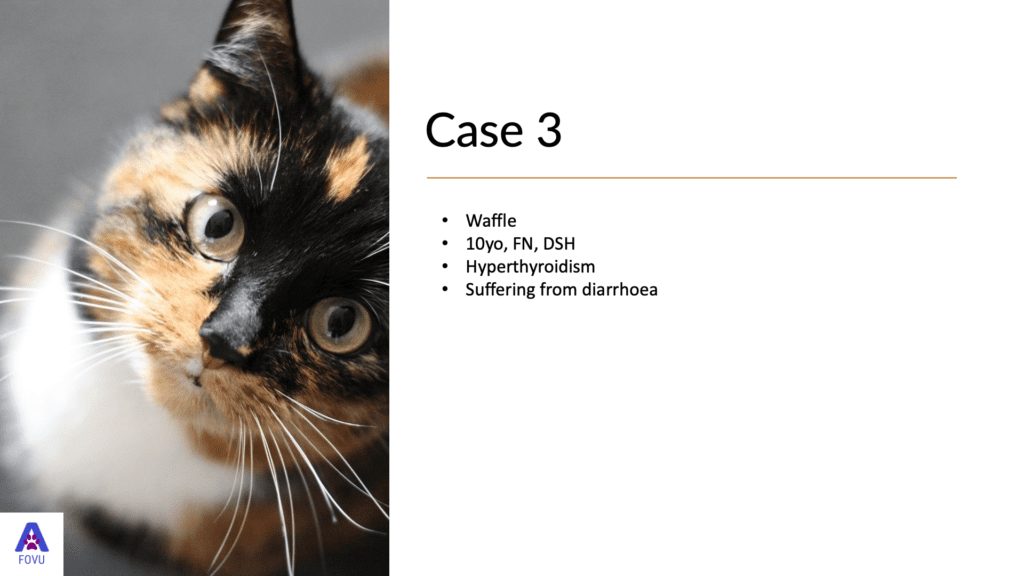
About Dr. Edwards
Dr. Edwards is a peripatetic veterinary sonographer who teaches ultrasound with IMV-imaging, Celtic SMR and delivers her own courses. She uses ultrasound extensively in her practice and believes that everyone in her profession deserves to have the skills and confidence to use veterinary ultrasound to help improve diagnoses. Visit Dr. Edwards’ website for more information about her and the educational services she provides, or get in touch at [email protected].
Clarius Wireless Ultrasound for Veterinary Practice
Dr. Edwards uses the C7 HD3 Vet in her small animal practice. To learn more about how wireless ultrasound can benefit your practice, please visit our Veterinary Specialty Page. You can also access additional veterinary webinars and classroom videos on our website.
To see a personal demonstration of our new smaller and lighter Clarius HD3 Vet scanners contact us today or request a virtual ultrasound demo.






